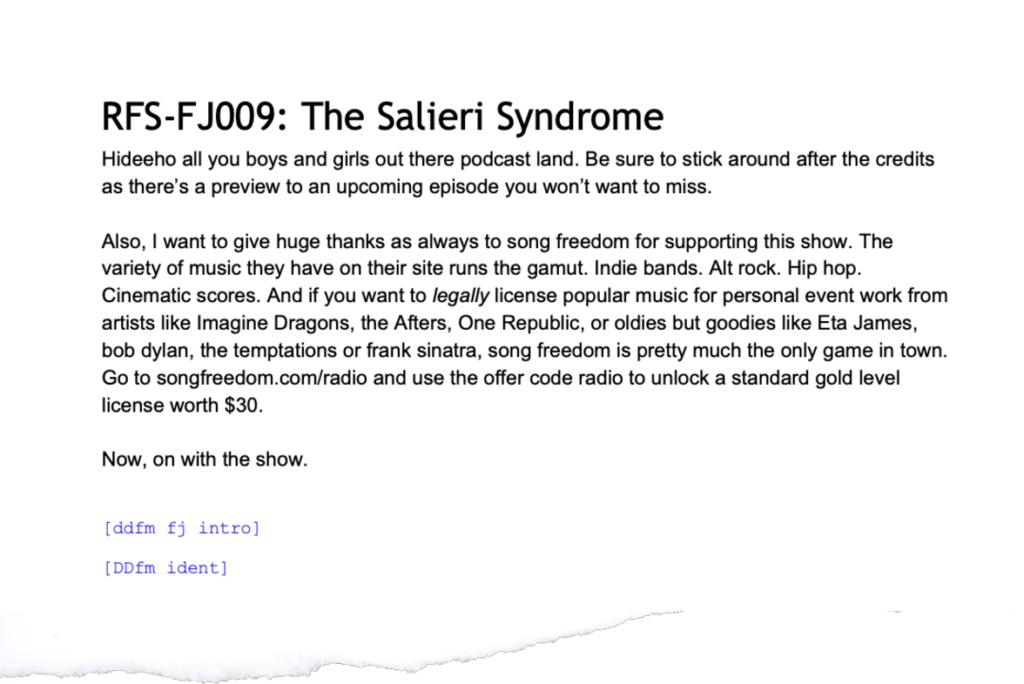At long last we come to the seventh and final pillar of a strong content marketing strategy. The first six were: knowing the objective, “Be on brand,” picking the right content type, the importance of distribution, a solid social media strategy, and measuring results. The seventh is creating policies and procedures.
Yes, I know. This sounds utterly boring. You’re probably thinking to yourself, “This is the climax of the series? Telling me to make sure I write a ‘how-to’ manual? What a dud!” Well, I never said I was writing a serial novel. If your reaction is similar to this, I understand. But I would be remiss if I didn’t include this on the list.
What are “Policies and procedures” (P&P)
P&P are just what the name implies—setting up formalized policies for how all the various forms of content get created and distributed, and detailed instructions (procedures) on how to do it. For the primary kinds of content types I pointed out, here is a list of the kinds of policies you might have.
Videos
- Shooting formats and camera settings
- Using a shooting checklist
- Backup and transfer protocols
- Storing equipment and recharging batteries when returning to the office
- Getting contracts signed (e.g. location, talent, contractors, etc.)
- Post-production set-up (e.g. bins and keywords, external folders, proxy use, etc.)
- Using third-party collaborating sites like Vimeo Pro, Wipster, Dropbox, Airtable, Asana, Trello, etc.
- When and how to use various hosting sites like YouTube, Wistia, Brightcove, Vidyard, etc.
- How to edit and re-format for the various social media channels
- Archiving

Podcasting
- How to locate, correspond with, and book guests (if applicable)
- Story curation and conception
- Using various collaboration tools for writing, e.g. Google Docs, Quip, Writer Duet, etc.
- Audio recording parameters in the field
- Setting up computer audio or video conference calling parameters for Skype, Zoom, etc.
- Audio export and compression settings
- Meta and ID3 tagging parameters
- Distribution settings for the various hosting sites

Blogging
- Themes and topics
- Word count
- Image curation and formatting
- Level of complexity
- Cadence (i.e. how many posts per week, month, etc.)
- Meta descriptions
- SEO parameters (e.g. keywords, titles, headings, SEO plugin score, etc.)
- Social media sharing
Social Media
- Which channels you use and when you post
- Use of any social media posting services like Hootsuite, Buffer, Agrorapulse, Sprout Social, etc.
- Style of writing for social media copy
- Image and video formatting
- How and when you interact with other people’s or organizations’ social media channels (e.g. retweets, likes, shares, etc.)
Procedures
There is not much to write in a blog post about the procedures side of the equation. Each procedure will be customized based on your needs. If you have a team of people creating and/or sharing content, you would ideally have these procedures written.
Why P&P (The Benefits)
There are four main benefits to have policies and procedures.
- Helps maintain quality and consistency
- Reduces training time and costs for new team members added
- Improves effectiveness since changes to policy will be based on measured results
- Improves efficiency

Final words
Over the past three months I’ve shared some of the most valuable lessons I’ve learned in the nearly 20 years I’ve been creating content professionally. As I said at the outset, these seven “pillars” are in no way meant to be an exhaustive list. If adhered to, you will no doubt discover other important, maybe even essential tactics. Perhaps the most important lesson to take away from this series is that whether you’re a single YouTubers or a Fortune 500 agency, content marketing should be a core aspect of your inbound marketing strategy.

Filmtools
Filmmakers go-to destination for pre-production, production & post production equipment!
Shop Now












